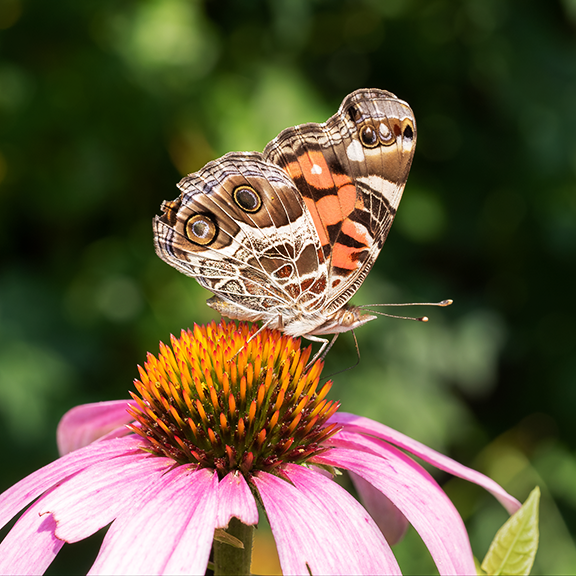Identifying what plants are actually native to your area can be surprisingly tricky. A lot of info out there is state- (or even less helpfully, region-) specific, but if you live in a large and/or geographically diverse state what’s native in one corner may be completely foreign in another. There’s also a lot of information out there that’s too vague or straight-up incorrect, especially for any plant with numerous common names or multiple sub-species.
Enter the USDA Plants Database! While far from perfect, it is hands-down the best tool I have encountered for verifying what plants are native to an area of the US down to the county level.
I often use the database to cross-reference plant guides and recommendations, such as relating to pollinator-friendly gardening. For instance, you would be really surprised how often plants that are not actually native to your area will slip into “native” seed mixes! On the flip side there are also lots of plants that are native to large regions that are often overlooked because they’re not a regional specialty, such as selfheal (Prunella vulgaris), which is native to much of the northern hemisphere.
Many of the more common plants, such as selfheal, have two-page writeups in the Plants Database that have an admittedly agricultural bent to them, but can still be quite helpful for home gardeners too (continuing with the previous example, here’s selfheal’s). I highly recommend giving them a read, especially if you want to grow your plants from seed or propagate them.
Unfortunately the database is not fully populated (some entries are more info-rich than others), and things can get a little confusing when all you have is the common or even scientific name for a plant that has many subspecies (or even worse, if the scientific name has changed at some point), but that’s more an issue with taxonomy than the database. If in doubt, checking the images tab can be quite helpful in verifying you have the correct plant entry. Still, I have yet to find any source as comprehensive and accurate as this one.
Omg this thing has been a godsend for me for yearssss. One thing I’ve learned though is that, if it says a plant is native in your state, that can occasionally mean “native only in the very opposite corner of the state from you”. So sometimes if my state is on the boundary of a plant’s listed native range, I’ll double check for sightings on iNaturalist to see where in the state it’s been observed.
All that is to say, I might now be the proud owner of the only Shepherdia argentea in southeast Pennsylvania 😅
Yeah you need to zoom in on the native range map so it switches from state view to county view, but the info is there. At least that’s a pretty sweet shrub!
Omg how did I never know you could do thissss, ty!!
Nice, thanks!
Thank you
Thank you for this.



